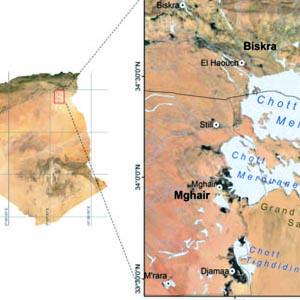 Smart Citations
Smart CitationsSee how this article has been cited at scite.ai
scite shows how a scientific paper has been cited by providing the context of the citation, a classification describing whether it supports, mentions, or contrasts the cited claim, and a label indicating in which section the citation was made.
Screening of halotolerant microfungi isolated from hypersaline soils of Algerian Sahara for production of hydrolytic enzymes
The Algerian Sahara contains numerous hypersaline ecosystems including salt lakes in which the fungal diversity has not been characterized. The abundance and diversity of soil microofungi in three salt lakes in south-eastern Algeria was investigated together with their profiles of hydrolytic enzyme. Fungal population size and relative abundance were determined in about 75 soil samples by plate count. From 69 fungal isolates, 46.38% were Aspergillus, 20.29% were Penicillium, and 11.59% belonged to Cladosporium genus. The 69 isolates have been studied at different constant temperatures and salinities. All fungal isolates are halotolerant or halophiles with the ability to grow at 50°C. The screening for extracellular halophilic enzymes at 40°C showed that 69.57% of the isolates were able to produce at least two types of the screened enzymes. Protease was the most abundant enzyme detected in 60.87% of the total isolates. The results obtained of all the growth tests indicate the adaptability of fungal isolates tested to the extreme conditions and their possible utilisation as producers of halophilic-active hydrolytic enzymes.
Downloads
How to Cite
PAGEPress has chosen to apply the Creative Commons Attribution NonCommercial 4.0 International License (CC BY-NC 4.0) to all manuscripts to be published.

 https://doi.org/10.4081/jbr.2022.10167
https://doi.org/10.4081/jbr.2022.10167





